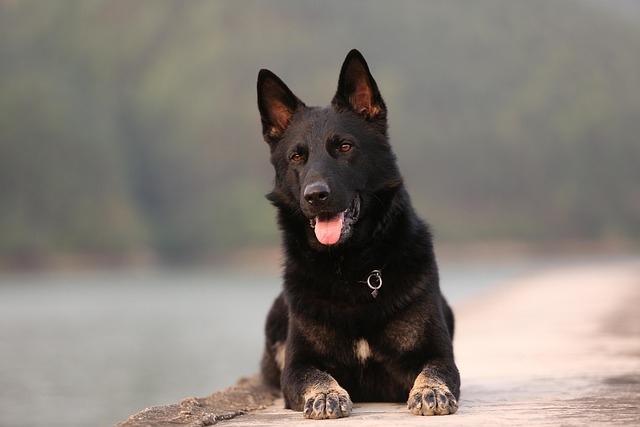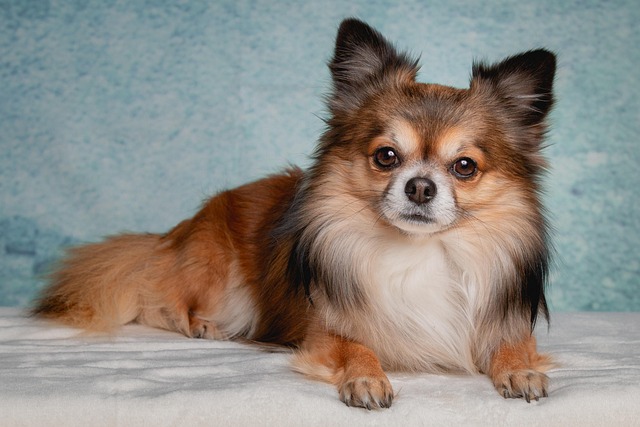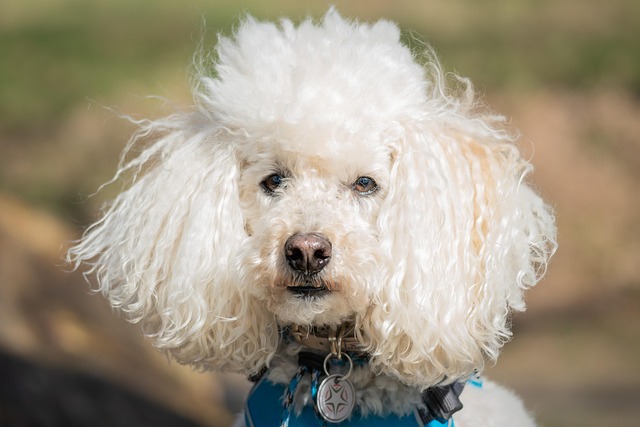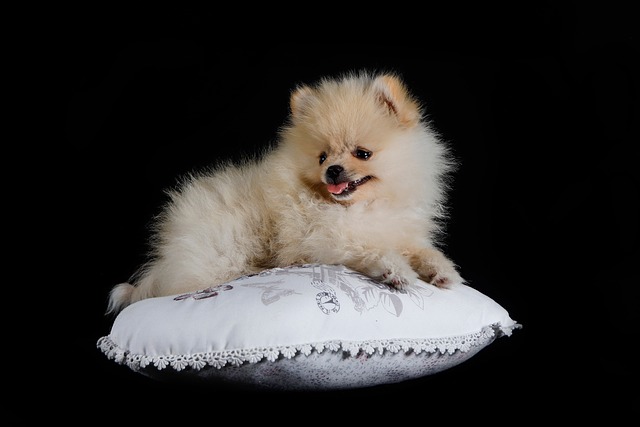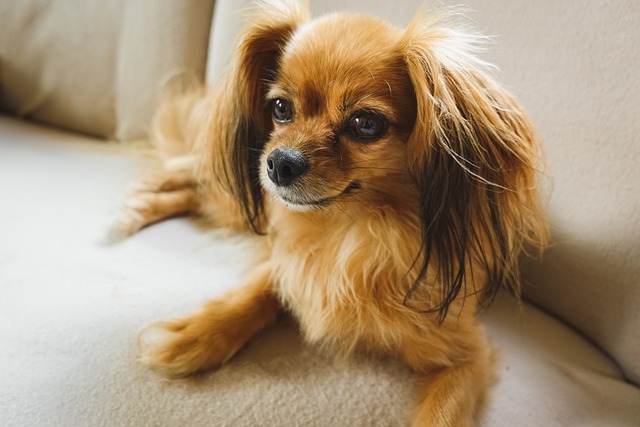If your dog struggles to settle, pacing around or reacting to every little sound in your apartment, you might be searching for a way to help them find their off-switch. This is where a "chill protocol" comes in. It’s not a magic spell, but a structured, reward-based training plan designed to teach your dog how to voluntarily relax and feel calm on cue. For many dogs, especially those in bustling urban environments, the ability to self-soothe isn’t innate; it’s a learned skill. Think of it as giving your dog the tools to handle the overstimulation of modern life, transforming them from a frantic family member into a composed canine companion.
The science behind this protocol is elegantly simple: we use positive reinforcement to make calmness incredibly rewarding. The core principle is called "capturing," where we mark and reward any behavior that even vaguely resembles relaxation—a deep sigh, a loose tail wag, lying down, or resting their head. This method is powerful because we’re not forcing the dog into a state of stillness; we are encouraging them to choose it, thereby building intrinsic calmness. This force-free approach is the gold standard in modern dog training, aligning perfectly with animal welfare norms in the U.S. that firmly reject aversive methods, which would only create more anxiety and defeat the entire purpose of the exercise.

Implementing the chill protocol starts with a designated mat or bed in a low-traffic area of your home. Arm yourself with a pouch of high-value, soft treats. Begin by rewarding any interaction with the mat, then gradually shape the behavior. Reward for a sit on the mat, then for a down, and then for longer durations of staying in that down position. The key is to deliver the treats calmly, right between their front paws, so they don’t have to get up and break their relaxed posture. Start with absurdly short durations—just three seconds of calm—and build from there. Keep sessions to five minutes maximum to avoid frustration and always end on a success. This patience teaches your dog that stillness is a profitable and pleasant state to be in.
This investment in your dog’s mental well-being pays dividends in your public life. A dog that has learned to be calm at home is far less likely to be reactive or overly excited on the leash, making walks in your community more pleasant and predictable. This directly ties into your responsibilities as a neighbor, which include the non-negotiable duty of always carrying waste bags and cleaning up immediately. This is not just a common courtesy; it is a legal requirement in most American municipalities. Furthermore, part of your role as a responsible guardian is ensuring your dog’s health and safety, which includes keeping their rabies vaccination meticulously up-to-date. This is a fundamental law that protects everyone and underscores your commitment to your pet and your community. By teaching your dog to chill and upholding these basic standards of ownership, you’re not just creating a better-behaved pet—you’re fostering a harmonious life together.


